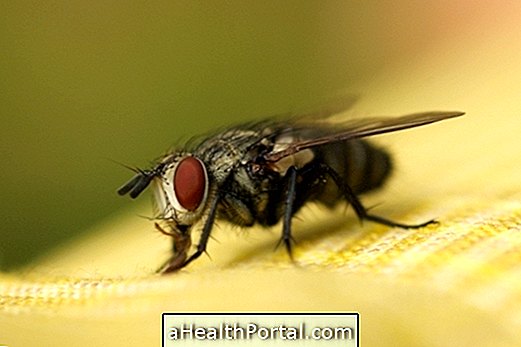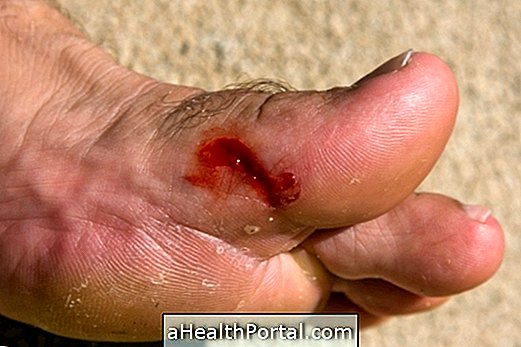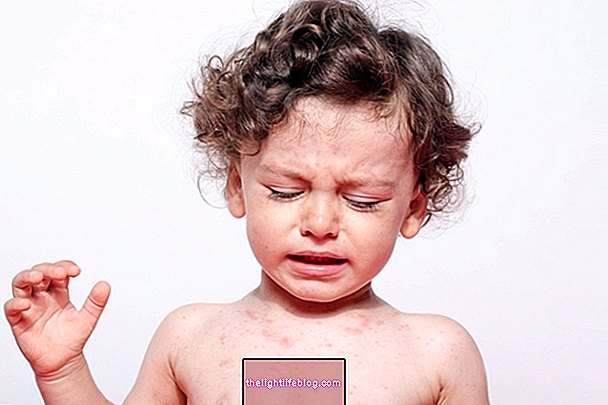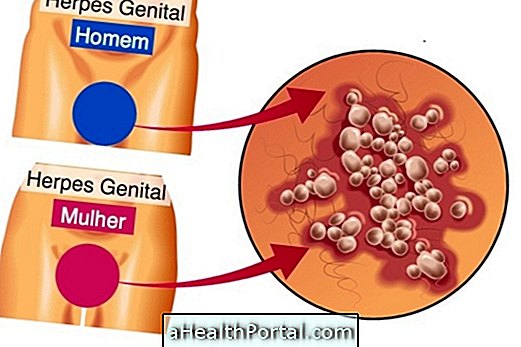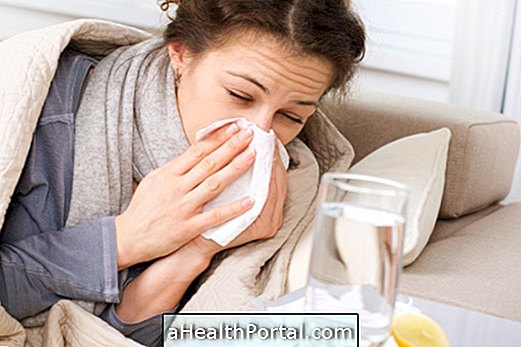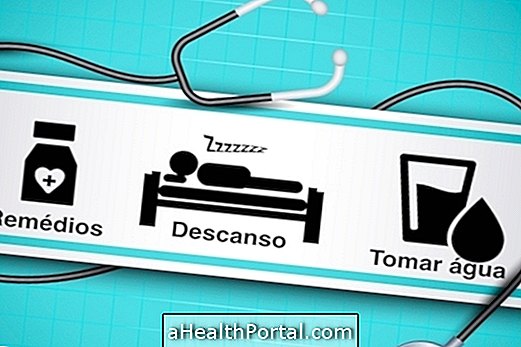Smallpox is a serious, highly contagious, infectious disease caused by a virus that can cause death. This disease is characterized by high fever, body aches, intense vomiting and the appearance of blisters on the skin that ulcerate and form scars that can disfigure the patients' bodies.
Smallpox has no cure, and can be prevented by taking smallpox vaccine. When infection occurs, treatment is limited and its action is to reduce the symptoms of the disease. In some cases, antibiotics may be prescribed to prevent the onset of opportunistic bacterial infections that occur in individuals with smallpox because their immune system is weakened.
The smallpox virus is the Orthopoxvirus variolae that infects the body of individuals, growing and multiplying in the cells of the body. The contaminated cells become resistant to the body's natural defenses, allowing the disease to worsen.
Photos of Smallpox


Source: Centers for Disease Control and Prevention
Vaccine for Smallpox
The smallpox vaccine prevents the onset of the disease and helps to cure it or reduce its consequences if it is given up to 3-4 days after the patient has contracted the infection. However, if symptoms of the disease have already occurred, vaccination may have no effect.
The smallpox vaccine is not part of the basic vaccination schedule in Brazil, since the disease was considered as having been irradiated for more than 30 years. However, military personnel and health professionals may request that the vaccine be taken to prevent possible contagion.
Symptoms of Smallpox
The symptoms of smallpox occur about 14 days after infection with the smallpox virus and can be:
- High fever;
- Blisters filled with pus, which can burst and cause bleeding, intense itching, and pain;
- Muscle pain in the body;
- Intense vomiting;
- Nausea;
- Belly pain;
- Headache;
- Diarrhea;
- Delirium.
The blisters initially appear in the region of the mouth, spreading rapidly through the rest of the body.
The risk of blindness due to corneal involvement and death due to bronchopneumonia is great, as well as the appearance of opportunistic infectious diseases, since infected individuals are very fragile with the immune system.
Transmission of Smallpox
Smallpox transmission is by inhalation or contact with saliva of sick individuals, and may also be transmitted through personal clothing or bedding. It is usually more contagious in the first week of infection, but may continue to be contagious until the skin sores heal and lose the bark.
There are two forms of smallpox: majorpox, the most serious form of the disease that can be fatal, or smallpox that has milder symptoms and rarely causes death.
Smallpox prevention is done by taking smallpox vaccine or by avoiding contact with infected individuals or objects that are in contact with patients.
Useful links:
- Symptoms of Smallpox
- Measles
- Chickenpox
- Rubella

